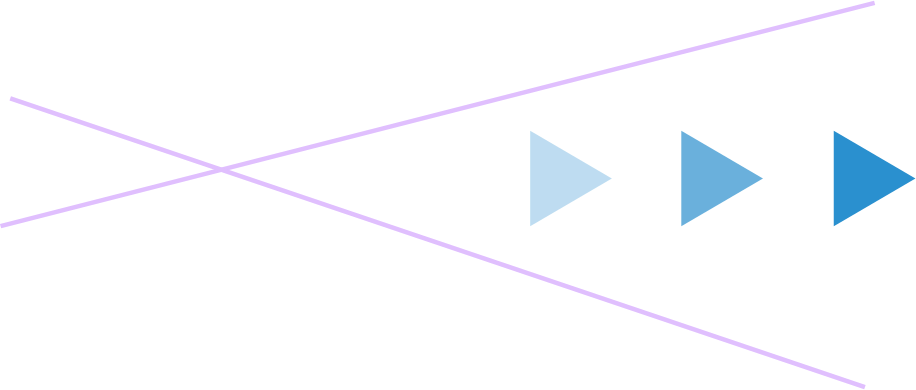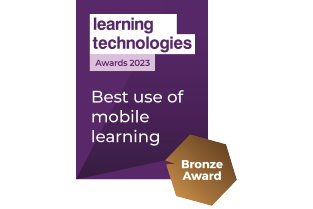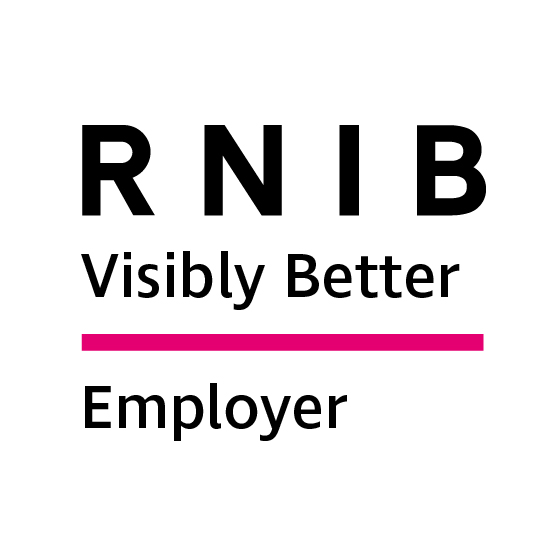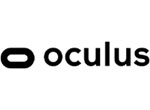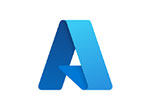The Rise of Observational Assessment
With the advent of AI and the growth in sites where people can purchase written assignments, there has been a remarkable increase in the use of observational assessment.
Discover how this evolving approach is shaping the way we evaluate skills and knowledge.
Posted 15 August 2023
Observational assessment methods
Observations provide a reliable source of the person's work. Whether this observation is through:
- An online proctored session: Ensuring the authenticity of the candidate's work.
- An assessor carrying out interviews: Facilitating personal evaluation and understanding of a candidate's knowledge.
- An assessor observing practical work: Providing hands-on insight into a candidate's capabilities.
- An immersive simulation: Offering a virtual environment to evaluate practical skills.
AI and LLM (Large Language Models) are going to be part of our everyday world, and we need to develop systems and workflows that accept this is the case, so we can manage the processes around integrity and reliability of the assessment being undertaken.
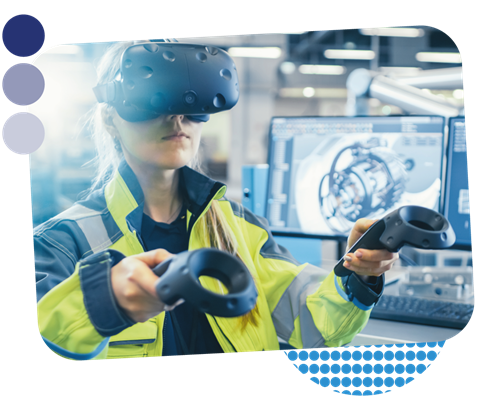
The future of AI submissions and observational assessment
AI being used as part of a submission within the academic context is now being described as “unauthorised content generation,” and it must be declared by the candidate. However, it is very difficult to detect if it's not declared due to a large number of false positives from other public sources.
In the future, it may be that this form of AI submission will be considered if it is used along with other evidence parameters that can attribute that the candidate has the required level of understanding. This is where observation is such a useful tool. It does mean a slight overhead to the process to begin with, but how much does the risk of loss of integrity in your exam process cost?
If you are interested in finding out more, please get in touch.

Recent Posts
Mastering remote & hybrid learning with analyticsHarnessing data for future-proof workforce training
Bridging Worlds: Aligning personalisation with compliance in workforce learning
Optimising your workforce training for better performance
Towards a superior learning experience with analytics
